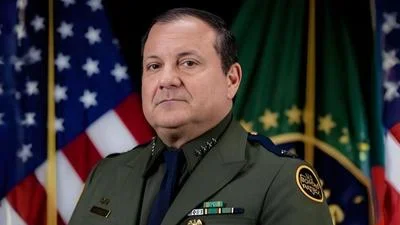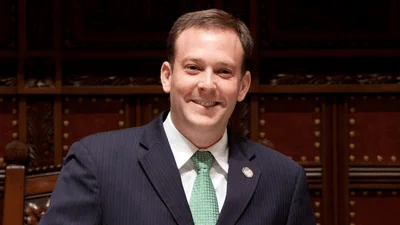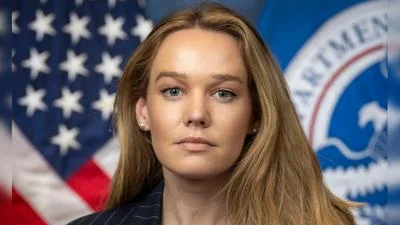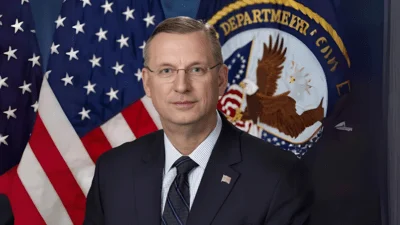Phillip Guerrero is a communications specialist with the Office of Indian Energy. Read on to learn more about Phillip and what motivates his impactful work.
The team of federal employees supporting the U.S. Department of Energy (DOE) Office of Indian Energy Policy and Programs is small but mighty. In this “Meet Our Team” blog post series, we introduce key staff dedicated to the Office and its mission to support tribes in pursuing their energy visions.
Tell us a bit about what you do in your role.
I see my role as telling the Indian Energy story to the widest possible audience in an engaging way that motivates and inspires. I want to tell all about the work the Indian Energy team is doing to bring electricity to Indian Tribes, Alaska Native villages, and tribal organizations.
What do you find most inspiring or motivating about your work for the Office of Indian Energy?
I want to see every home filled with light and every family have the same opportunities. It’s unfathomable to me that there are thousands of American Indian and Alaska Native homes and families who are still without any electricity. It’s not right that the first Americans should be the last Americans to receive electric power in their homes. I want to do all I can to support the Office of Indian Energy’s efforts to address this inequity.
What makes you most excited about coming to work every day?
I am most excited about the Indian Energy team’s collaborative work with tribal governments, housing authorities, tribal organizations, and other local energy champions to address different American Indian and Alaska Native communities’ unique energy and infrastructure challenges and advance their self-determined energy visions and goals.
What do you see as the greatest challenges and opportunities in tribal energy development today?
The greatest challenge probably has to do with the remoteness of many American Indian communities and Alaska Native villages. The primary reason many are without power in 2022 is because they are located away from population centers. My focus is raising awareness about the resources, training, and grants the Office of Indian Energy provides to increase electrification, energy access, and resilience in remote tribal communities—as well as the funds made available through the Bipartisan Infrastructure Law to expand our efforts.
How would you characterize the impact of DOE Office of Indian Energy support on tribal energy development over the past decade?
The Office of Indian Energy has achieved outsized impact through good stewardship of the funds that have been allocated to date to support our mission-driven work. Between 2010 and 2021, the Office invested more than $114 million in more than 200 tribal energy projects implemented across the Lower 48 states and Alaska. Valued at nearly $200 million, these projects have been leveraged by over $80 million in recipient cost share. With the passage of the Bipartisan Infrastructure Bill, we have a tremendous opportunity to build on the successes our past investments in tribal energy development have enabled. And that’s what we are going to do.
What do you see looking ahead to the future of energy in Indian Country?
I envision American Indian and Alaska Native families and communities enjoying all the comforts of home that most Americans have, which many take for granted.
Original source can be found here.









